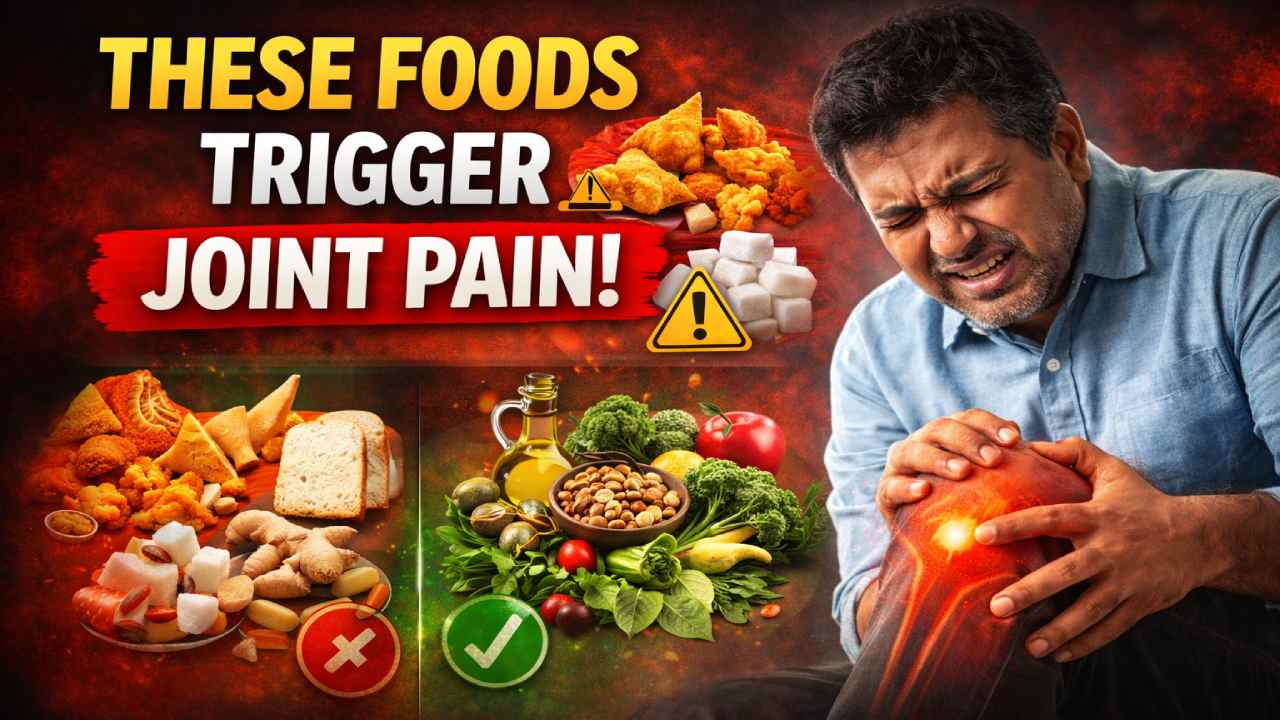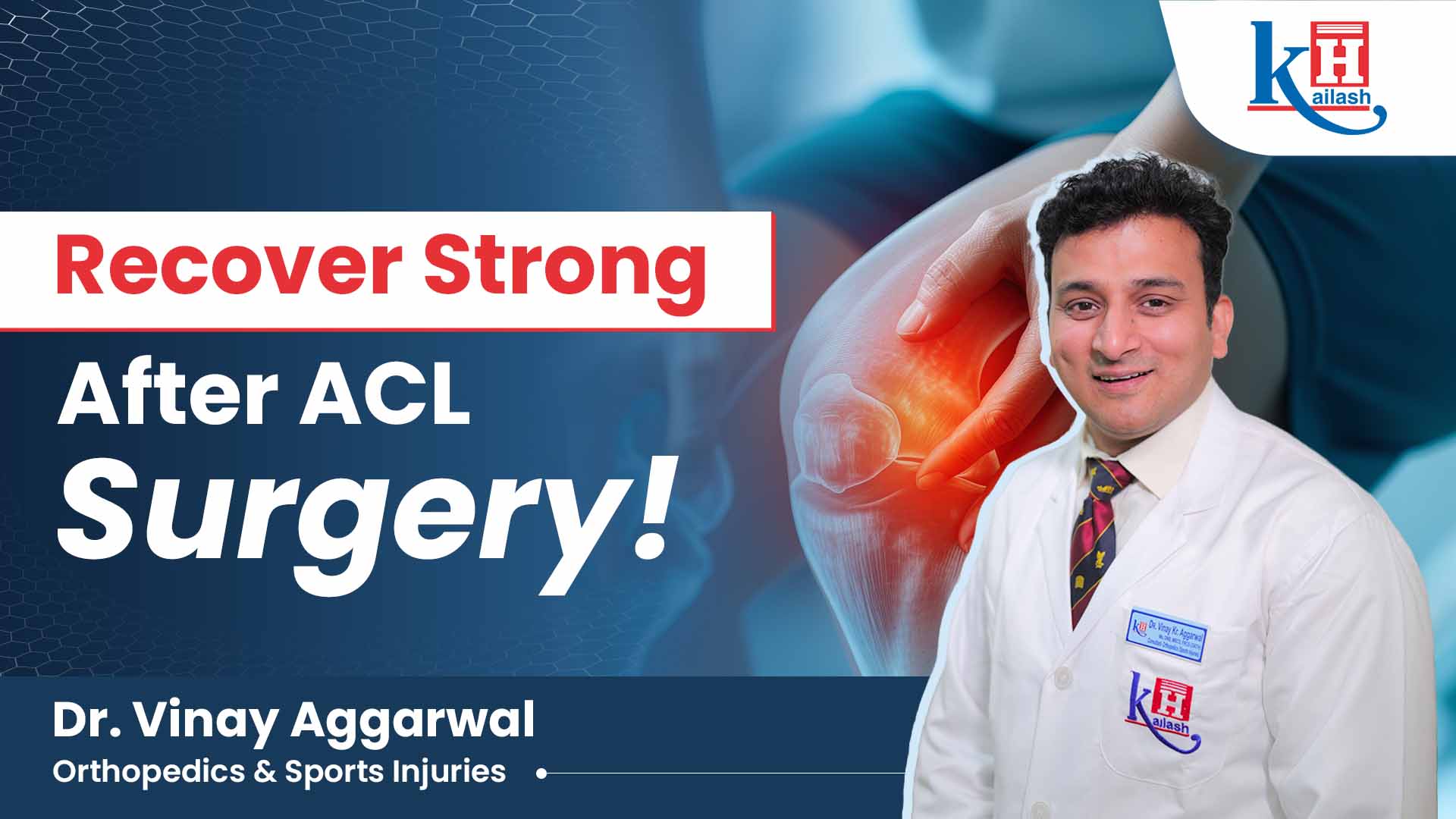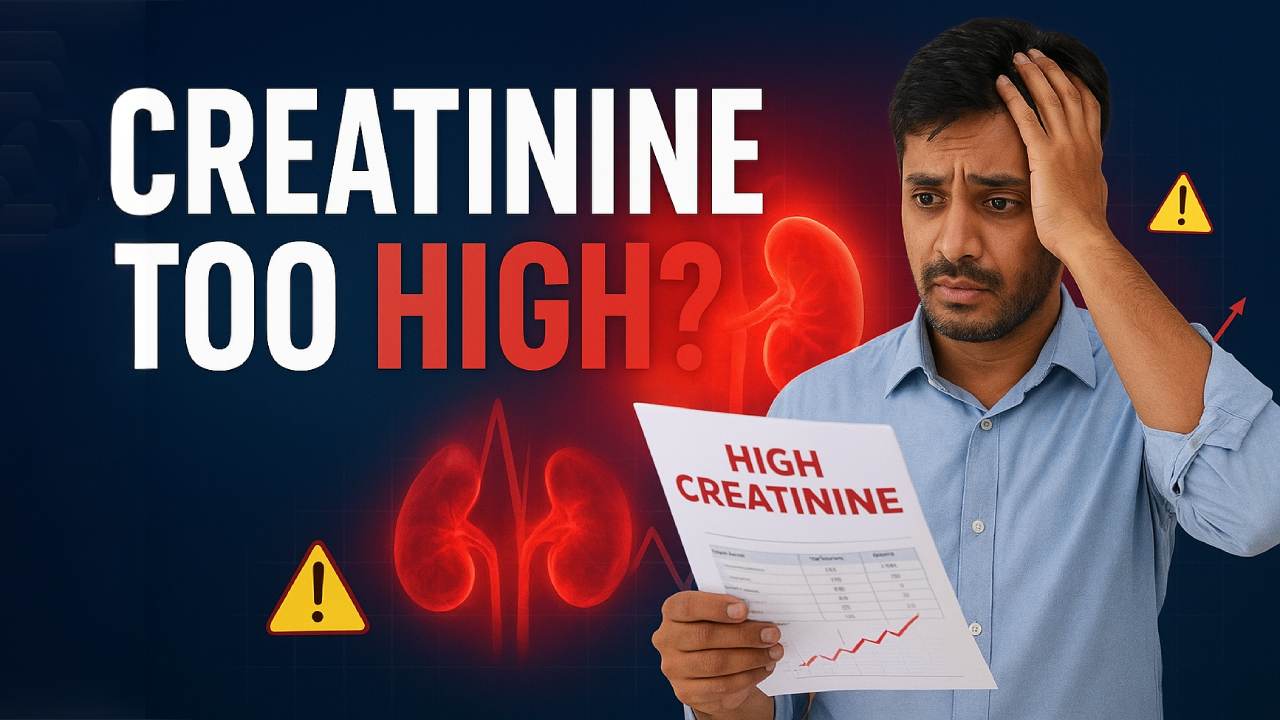Cholesterol Targets: How Low Should You Aim for Heart Health?
Verified By Dr. Rohit Rai | 31-Aug-2025
For years, we’ve been told to keep our cholesterol in check. We’ve memorised the terms "good cholesterol" (HDL) and "bad cholesterol" (LDL). We’ve aimed for that total cholesterol number to be under 200. But what if the goalposts have moved? What if a number you previously thought was "good enough" is now considered a significant red flag for your heart's future?
A recent headline featuring a prominent US cardiologist has sent ripples through the health community, suggesting that lower LDL cholesterol is better, and that stricter goals may be important for high-risk individuals. For many Indians, whose reports might show LDL levels of 100 or 130 as "borderline" or even "normal," this is a startling wake-up call.
Is this new, stricter benchmark something we need to take seriously? And more importantly, what does it mean for the average Indian juggling a busy life, a rich diet, and a genetic predisposition to heart disease? We dive deep into this new perspective, with insights from leading cardiologists, to understand why lower is the new better when it comes to protecting your heart.
Table of Content
Before we explore the new target, let's have a quick refresher. Think of your bloodstream as a highway. Cholesterol needs to travel through it, but it can't do so on its own. It needs a vehicle, which are lipoproteins.
- LDL (Low-Density Lipoprotein): Often called "bad" cholesterol, you can think of LDL as the delivery trucks that transport cholesterol from the liver to the cells.
- HDL (High-Density Lipoprotein): Known as "good" cholesterol, these are the clean-up crew, picking up excess cholesterol and taking it back to the liver.
The problem arises when there are too many LDL "delivery trucks" on the highway. They can crash into the artery walls, depositing their cholesterol cargo. This deposit, over time, combines with other substances to form a hard, thick substance called plaque. This process is known as atherosclerosis.
"Atherosclerosis is a silent, progressive disease," states Dr. Rohit Rai, Associate Consultant Cardiologist at Kailash Hospital. "Plaque can build up in your arteries for decades without any symptoms. The first sign for many people is, tragically, a heart attack or a stroke. This is why we can't afford to be complacent about 'borderline' LDL levels."
Also read: How to Get Rid of Cholesterol Deposits Under Eyes?
For a long time, an LDL level below 100 mg/dL was considered optimal for most people. So, why the shift toward even lower numbers? The new thinking is rooted in the concept of aggressive prevention.
The evidence now overwhelmingly shows that the lower the LDL cholesterol, the lower the risk of a cardiovascular event. It’s a direct, linear relationship. The plaque that builds up in our arteries doesn't just appear overnight; it's a slow accumulation over our entire lifetime. An LDL of 90 or 100, while not "high," is still high enough to contribute to this slow, silent buildup.
"For decades, the focus was on treating high cholesterol after it was identified," says Dr. Rai. "The new paradigm, supported by extensive research, is about preventing plaque from ever getting a foothold. We've learned that even so-called 'normal' LDL levels can cause damage over many years. By targeting much lower numbers, especially in individuals with other risk factors, we aim to significantly slow or even halt the progression of atherosclerosis."
This new, aggressive approach underscores the critical importance of early and regular screening. Waiting until you have symptoms or are in your 40s or 50s to get your first lipid profile is a strategy of the past.
Dr. Rohit Rai strongly advocates for proactive testing. "In the Indian population, we are seeing heart attacks in people in their 30s and even 20s. This is a terrifying trend driven by a combination of genetics, modern lifestyles, high-stress environments, and diet. Waiting is not an option."
Dr. Rai further explains, "A baseline lipid profile in your late 20s is an invaluable tool. It gives us a starting point. If your LDL is already 110 at age 28, we know we need to intervene with lifestyle changes immediately, rather than waiting for it to be 160 at age 45 when significant plaque may have already formed. This is about playing the long game for your heart health."
Also read: Hypertension is dangerous, know its symptoms, causes and prevention
While this lower LDL target is a good goal for many, it's especially critical for those with elevated risk, a category that a large number of Indians fall into. Consider if you have any of these factors:
- Family History: A parent or sibling who had a heart attack before age 55 (male) or 65 (female).
- Diabetes or Prediabetes: High blood sugar damages artery walls, making them more susceptible to plaque buildup.
- High Blood Pressure: This puts extra stress on your arteries.
- Smoking: A significant risk factor that harms blood vessels.
- Obesity: Particularly abdominal obesity (a "paunch").
- Sedentary Lifestyle: Lack of physical activity impacts heart health negatively.
"The presence of even one of these risk factors should prompt a serious conversation with your doctor about an aggressive LDL target," advises Dr. Rai. "For these individuals, aiming for much lower LDL levels (sometimes below 55) becomes essential."
The good news is that you have a significant amount of control over your LDL levels. Before considering medication, a dedicated effort towards lifestyle modification is the first and most crucial step. Seeking advice from the best cardiologist in Noida can provide a personalized plan, but the core principles remain the same.
1. Embrace Soluble Fibre: This type of fibre binds to cholesterol in your digestive system and drags it out of the body.
- What to eat: Oats (daliya), barley (jau), apples, citrus fruits, beans, lentils (dals), and isabgol (psyllium husk).
2. Choose Heart-Healthy Fats: Not all fats are bad. Monounsaturated and polyunsaturated fats are great for helping to reduce LDL cholesterol levels.
- What to eat: Nuts (almonds, walnuts), seeds (flax, chia), avocados, and use oils like mustard oil, groundnut oil, or olive oil instead of butter or ghee where possible.
- What to avoid: Trans fats found in vanaspati, margarine, and most packaged/fried foods (bakery items, namkeens, frozen snacks).
3. Get moving, consistently: Exercise is a powerful tool. It boosts your "good" HDL cholesterol, which helps clear out the bad LDL.
- What to do: Aim for at least 30-45 minutes of brisk walking, jogging, cycling, or swimming most days of the week. Even taking the stairs or a short walk after dinner helps.
4. Limit Refined Carbohydrates and Sugar: High intake of sugar and refined carbs (maida, white bread, white rice) can affect how your body handles fats and can contribute to higher cholesterol and triglycerides.
- What to eat: Switch to whole grains like whole wheat atta, brown rice, millets (jowar, bajra, ragi).
Also read: Can Lack of Sleep Cause Heart Problems? Understanding the Critical Link
For some people, especially those with very high LDL or a strong genetic predisposition, diet and exercise alone may not be enough to reach the stricter targets set for high-risk individuals. In such cases, your doctor might discuss medication.
"Medication, such as statins, is incredibly effective and safe for most people," Dr. Rai clarifies. "But it's not a magic pill. It works best when paired with a heart-healthy lifestyle. The decision to start medication is a personalised one, made after a thorough evaluation. Anyone looking for a cardiology specialist in Noida or elsewhere should ensure they have this detailed conversation."
The conversation around LDL cholesterol is changing. Higher LDL levels are increasingly being seen not just as a future problem, but as an active risk factor today. This isn't about fear; it's about empowerment. By understanding your numbers and taking proactive steps, you can change the trajectory of your heart health.
Don't wait for a warning sign. Schedule a lipid profile test, discuss the results with your doctor, and create a plan. Your heart will thank you for it for decades to come.
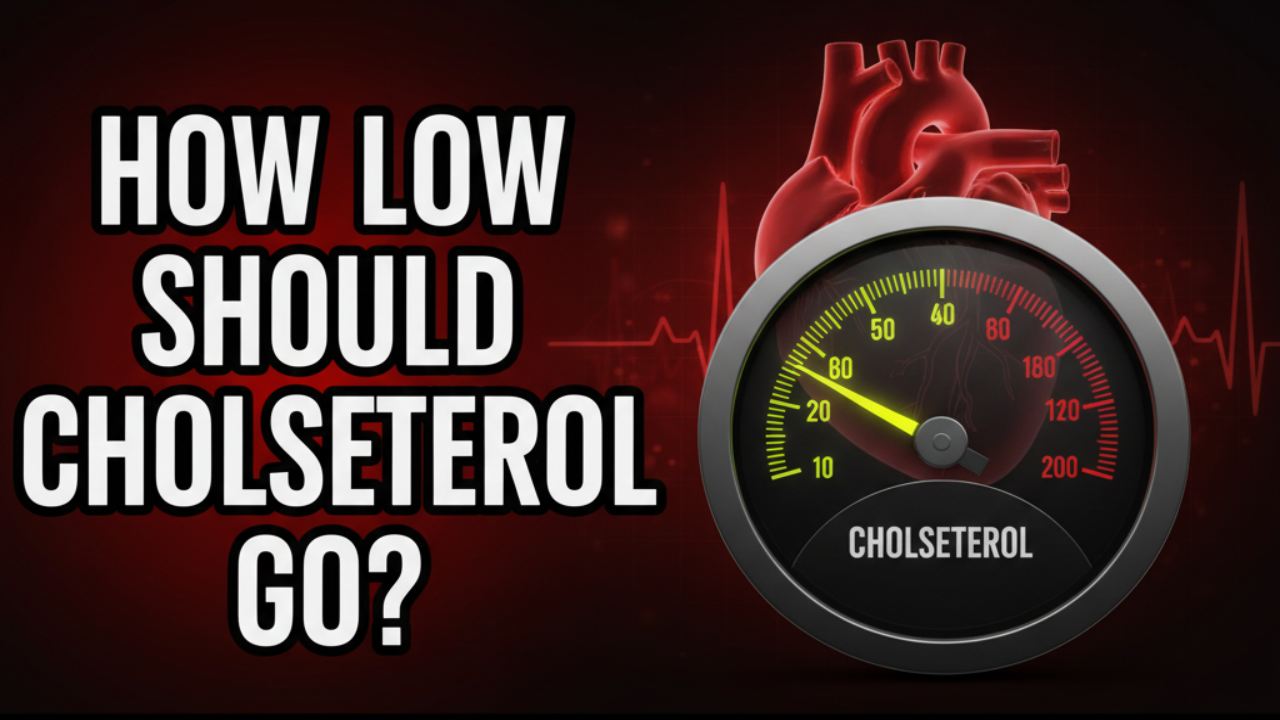
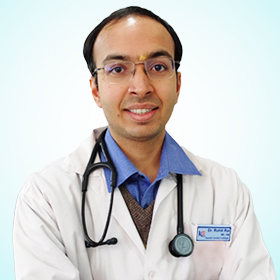

 +91-9711918451
+91-9711918451
 international.marketing@kailashhealthcare.com
international.marketing@kailashhealthcare.com

